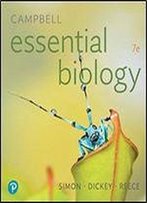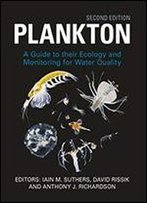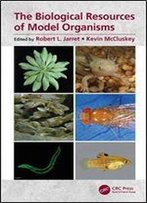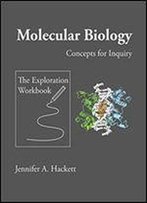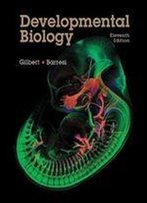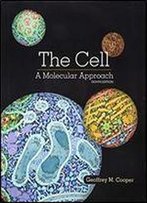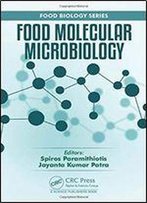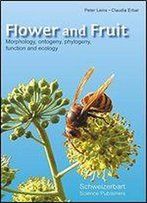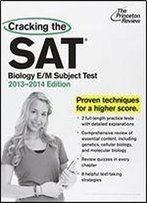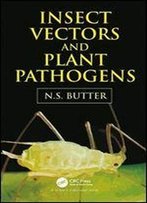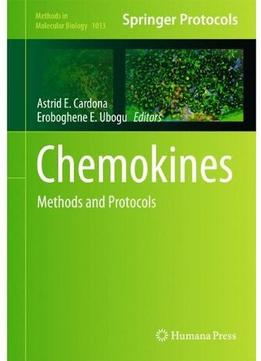
Chemokines: Methods And Protocols (Methods In Molecular Biology)
by Astrid E. Cardona /
2013 / English / PDF
5.4 MB Download
Chemokines constitute a large family of structurally similar cytokines that contain a signature of conserved cysteine residues joined by disulfide bridges. Binding of chemokines to specific G protein-coupled receptors followed by downstream signaling defines their biological function. Initially, chemoattraction was the key function linked to chemokines/chemokine receptors; however, in recent years, it has become clear that chemokine ligand-receptor interactions can also modulate cellular activation, survival, and proliferation, among other functions in homeostatic and diseased states. Importantly, major advances in our understanding of chemokine biology have led to chemokine receptors becoming specific therapeutic targets with great potential. In Chemokines: Methods and Protocols, expert researchers provide practical information regarding experimental models and state of the art protocols used to delineate chemokine/chemokine receptor function and their applications in health and disease. Written in the highly successful Methods in Molecular Biology series format, chapters include introductions to their respective topics, lists of the necessary materials and reagents, step-by-step, readily reproducible laboratory protocols, and tips on troubleshooting and avoiding known pitfalls. Practical and easy to use, Chemokines: Methods and Protocols aims to reveal key protocols of functional and descriptive chemokine ligand/receptor assays that will be of practical significance to graduate students, post-doctoral fellows, trainees, and researchers in academia and industry.
